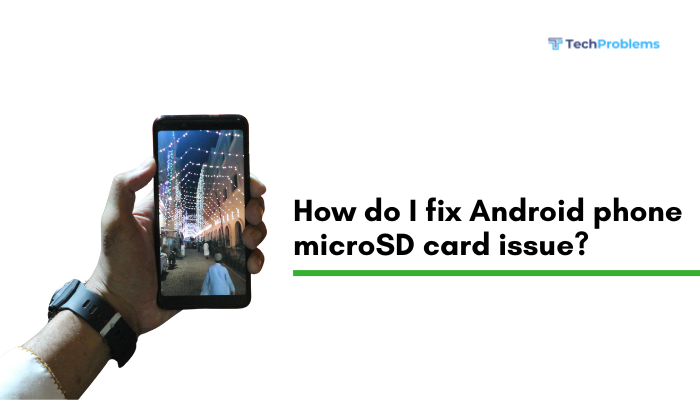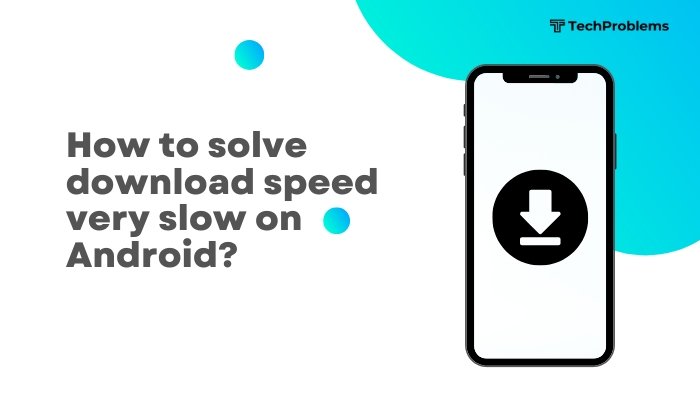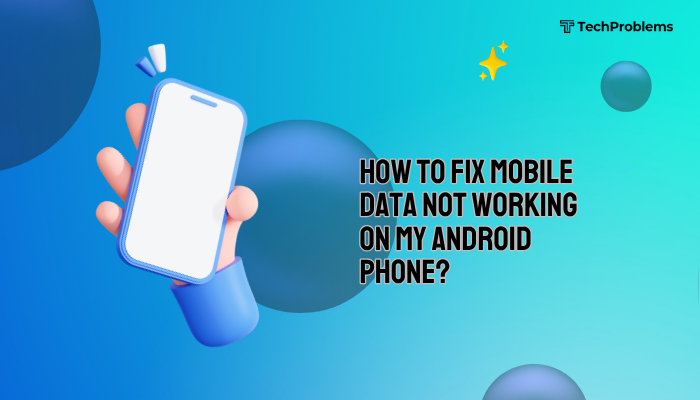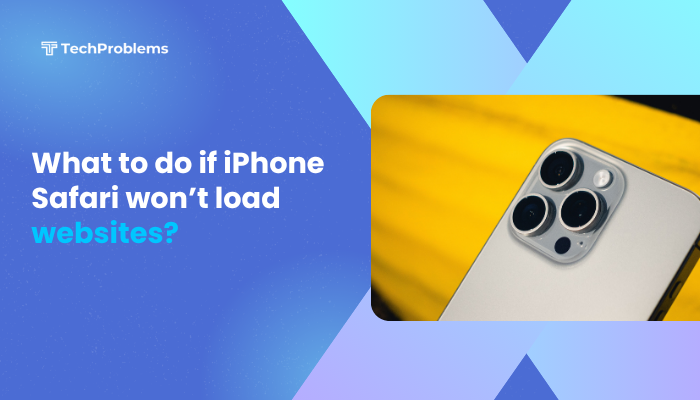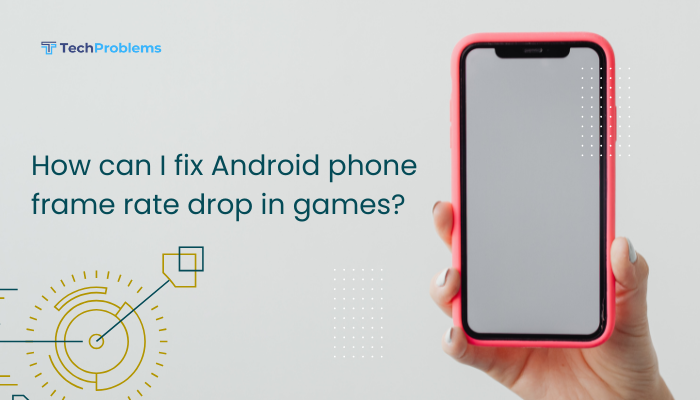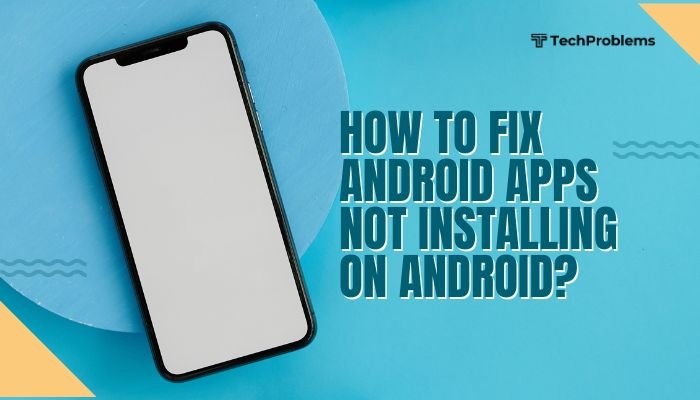When the App Store app refuses to load, you can’t download or update apps, which disrupts work and play. Rather than panic, try these 12 clear, step-by-step solutions to diagnose and restore App Store connectivity on your iPhone.
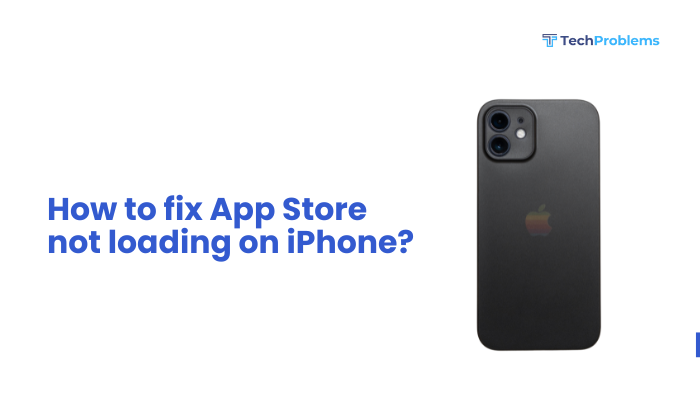
Check Your Internet Connection
Why This Helps
App Store needs a stable network—Wi-Fi or cellular—to fetch content.
Steps
- Open Settings → Wi-Fi (or Cellular if you use data).
- Make sure you’re connected to a reliable network.
- Test in Safari: load any webpage. If it fails, troubleshoot your router or carrier.
- Switch networks: turn off Wi-Fi to use cellular, or vice versa.
- Retry opening App Store.
A working internet link is the foundation for App Store access.
Toggle Airplane Mode
Why This Helps
Airplane Mode resets all radios—cellular, Wi-Fi, Bluetooth—clearing transient glitches.
Steps
- Swipe down from the top-right to open Control Center.
- Tap the Airplane icon to turn it On.
- Wait 10 seconds, then tap again to turn it Off.
- Allow radios to reconnect, then launch App Store.
This simple reset often resolves connectivity hangs.
Check Date & Time Settings
Why This Helps
Incorrect system time breaks secure connections to Apple’s servers.
Steps
- Go to Settings → General → Date & Time.
- Toggle Set Automatically On.
- Verify the displayed time zone matches your location.
- Reopen App Store and see if content loads.
Synchronizing your clock ensures smooth SSL handshakes.
Sign Out and Back Into Your Apple ID
Why This Helps
Apple ID authentication issues can block App Store content.
Steps
- Open Settings → [Your Name] at the top.
- Scroll down and tap Sign Out, enter your passcode, confirm.
- Wait for the device to remove iCloud data locally.
- Sign back in with your Apple ID credentials.
- Launch App Store and confirm it loads.
Re-authenticating refreshes your App Store session tokens.
Clear App Store Cache
Why This Helps
A buried cache glitch can prevent content from refreshing.
Steps
- Open the App Store.
- Tap any one of the bottom tabs (Featured, Top Charts, etc.) 10 times.
- The screen will go blank and reload.
- Check if the listings now load properly.
This hidden shortcut forces the App Store to wipe and reload its cache.
Disable Content & Privacy Restrictions
Why This Helps
Parental controls or restrictions can block App Store features.
Steps
- Go to Settings → Screen Time → Content & Privacy Restrictions.
- Enter your Screen Time passcode if prompted.
- Toggle Content & Privacy Restrictions Off.
- Reopen App Store—if it works, refine restrictions rather than disable completely.
Ensure restrictions aren’t inadvertently blocking the App Store.
Update iOS to the Latest Version
Why This Helps
New iOS releases fix bugs that may affect the App Store.
Steps
- Connect to Wi-Fi and plug into power.
- Open Settings → General → Software Update.
- If an update is available, tap Download and Install.
- After reboot, launch App Store.
Staying current prevents compatibility issues with Apple’s services.
Restart Your iPhone
Why This Helps
A reboot clears system caches and stuck processes.
Steps
- iPhone X or later:
- Press Volume Up, then Volume Down, then press and hold Side until the Apple logo.
- iPhone 8 or earlier:
- Press and hold Side (or Top) until slider appears; slide to power off.
- Wait 30 seconds, then hold Side (or Top) again to restart.
After reboot, the App Store often resumes loading normally.
Reset Network Settings
Why This Helps
Clears Wi-Fi, cellular, and VPN settings that may block App Store traffic.
Steps
- Settings → General → Transfer or Reset iPhone → Reset.
- Tap Reset Network Settings, enter your passcode, confirm.
- The device reboots; reconnect to Wi-Fi and cellular.
- Open App Store.
Note that you’ll need to rejoin Wi-Fi networks and re-pair Bluetooth devices afterwards.
Check Apple’s System Status
Why This Helps
Outages or maintenance can render the App Store unreachable.
Steps
- Visit apple.com/support/systemstatus.
- Look for App Store in the list—its indicator should be green.
- If orange/yellow, wait until Apple resolves the issue.
- Retry App Store later.
Always verify that the problem isn’t on Apple’s end.
Remove and Reinstall the App Store Icon (iOS 14+)
Why This Helps
Restoring the app can refresh its data.
Steps
- On the Home Screen, press and hold the App Store icon.
- Tap Remove App, then Delete App (this won’t delete your purchases).
- Open the App Library, find App Store, then drag it back to the Home Screen.
- Launch it and check loading behavior.
This method forces iOS to rebuild the App Store container.
Perform a Factory Reset (Last Resort)
Why This Helps
A full erase reinstalls iOS, clearing deep software corruption.
Steps
- Back up your iPhone to iCloud or computer.
- Settings → General → Transfer or Reset iPhone → Erase All Content and Settings.
- Complete the setup wizard and restore from your backup.
- Test App Store before reinstalling any additional apps.
Use only if all other methods fail—and only after a complete backup.
Conclusion
A non-loading App Store disrupts app management but is usually fixable with simple tweaks: verify your network, correct settings, clear caches, and restart services. Work through these 12 methods—from toggling Airplane Mode and re-signing into your Apple ID to resetting network settings and, if necessary, performing a factory reset. By following this systematic approach, you’ll restore App Store functionality and get back to downloading and updating apps in no time.

